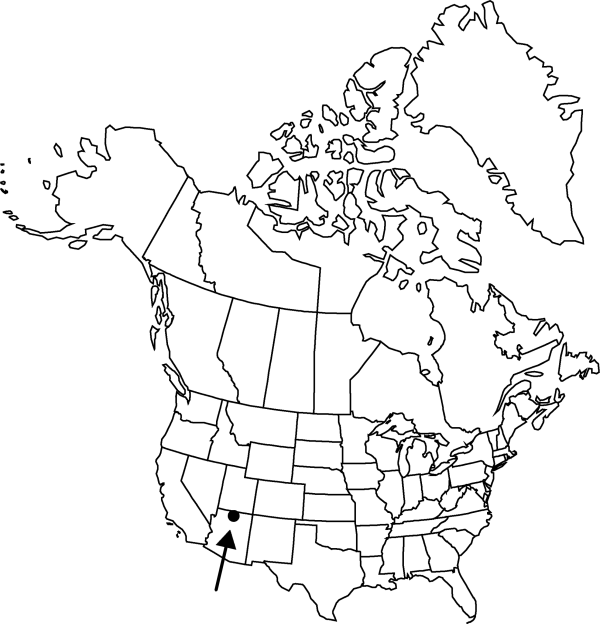Pediocactus bradyi
Cact. Succ. J. (Los Angeles) 34: 19, figs. 13, 14. 1962.
Plants usually unbranched (rarely 2–12-branched). Stems subglobose to obovoid, 3.2–6.2 × 2.5–5 cm; areoles elliptic, lanulose. Spines smooth, relatively hard, spreading to recurved, somewhat pectinate, usually all radial (rarely with central spines); radial spines (7–)13–16(–18) per areole, tips bending downward, yellowish tan or white, 3–5 × 0.7 mm; central spines 0(–2) per areole, dark tan, rigid, straight or slightly curved, 3–4 mm. Flowers 1.5–2.2 × 1.5–3 cm; scales and outer tepals minutely toothed or denticulate or entire and undulate; outer tepals straw yellow with green or red-brown midstripes, 3–15 × 3–4.5 mm; inner tepals straw colored, 9–15 × 3–4.5 mm. Fruits green turning reddish brown, turbinate, 7–10 × 10 mm. Seeds brownish black, to 2.7 × 1.7–2 mm, papillate and rugose.
Phenology: Flowering early spring.
Habitat: Great Basin desert scrub, clay soils of ledges often overlain with limestone gravel
Elevation: 1000-1200 m
Discussion
Of conservation concern.
Some authors have included Pediocactus winkleri and P. despainii as infraspecific taxa of P. bradyi. Chloroplast DNA sequence data strongly indicate a more distant relationship (see discussion under 8. P. winkleri).
Selected References
None.
